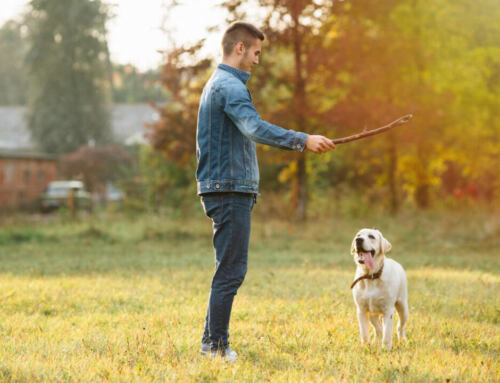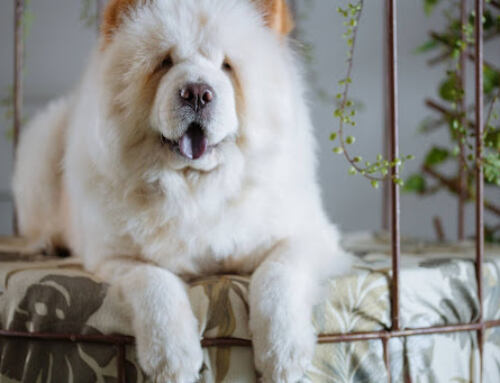You want to get a dog, but you don’t want fur all over your furniture. Perhaps dog hair causes you to have an allergic reaction. Most dog owners will attest to the fact that their pet sheds a lot of hair, and that it may be a nightmare to get rid of. Dogs that shed excessively might be a problem for people who suffer from allergies. The term “hypoallergenic” is used to describe pets that are less likely to cause an allergic reaction. no dog is 100% safe for people with allergies, since even non-shedding puppies still produce saliva and dander that can trigger reactions.
While non-shedding dogs are lower maintenance than their shedding counterparts, they still require regular grooming. Many of the breeds on this list are extremely attached and cannot be left alone for long periods of time, require frequent trips to the groomer for haircuts, and can still set off dog allergies in some people. Every dog is a huge responsibility, thus adopting one should not be taken lightly.
Non Shedding Dog Breeds
These dogs are less likely to shed than the average dog breed. They are low maintenance in terms of grooming, and they reduce allergy concerns. If you suffer from allergies but still want a dog, then you should look into adopting one of the breeds that sheds the least. Although some low-shedding dogs still contain dander that could cause sneezing, this is easily remedied by brushing and bathing the dog. Check out the list of small dogs that dont shed a lot.
Types Of Dogs That Don’t Shed
Giant Schnauzer

The largest Schnauzer breed is vigilant, energetic, and happy to contribute to the household in every way possible. When compared to the Miniature Schnauzer, these dogs look more like the Standard kind. They have thick, dense coats that are rough and wiry. Their hair is always growing, therefore it needs to be trimmed and brushed.
Irish Terrier
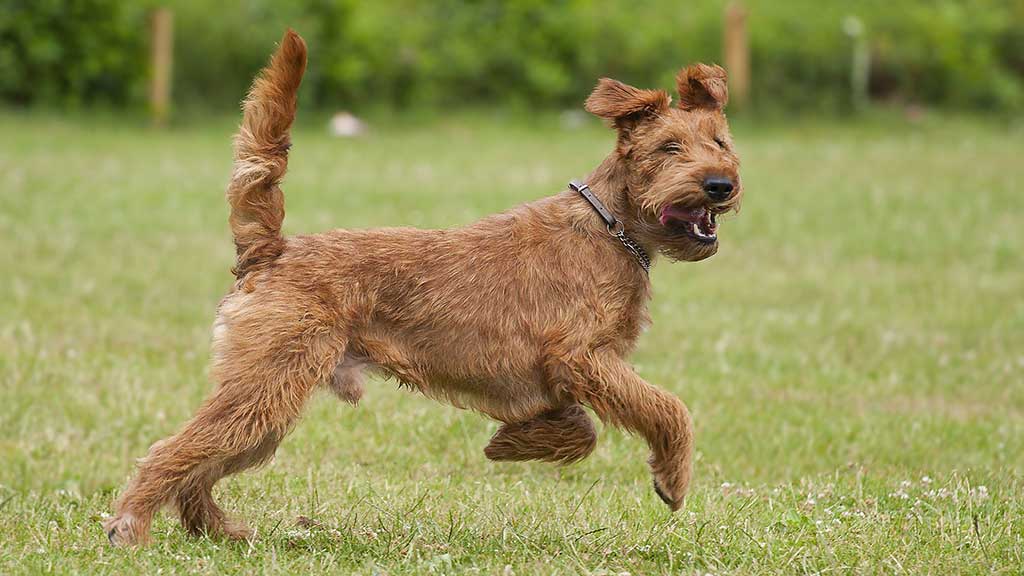
Irish Terriers, well-known breed, are the most reliable watchdogs and the least messy canine option. Furthermore, Irish Terriers are natural athletes, making them a fantastic choice for either a competitive dog or a sports companion. They will protect your home with the same ferocity and bravery as their love for you has no bounds.
American Hairless Terrier
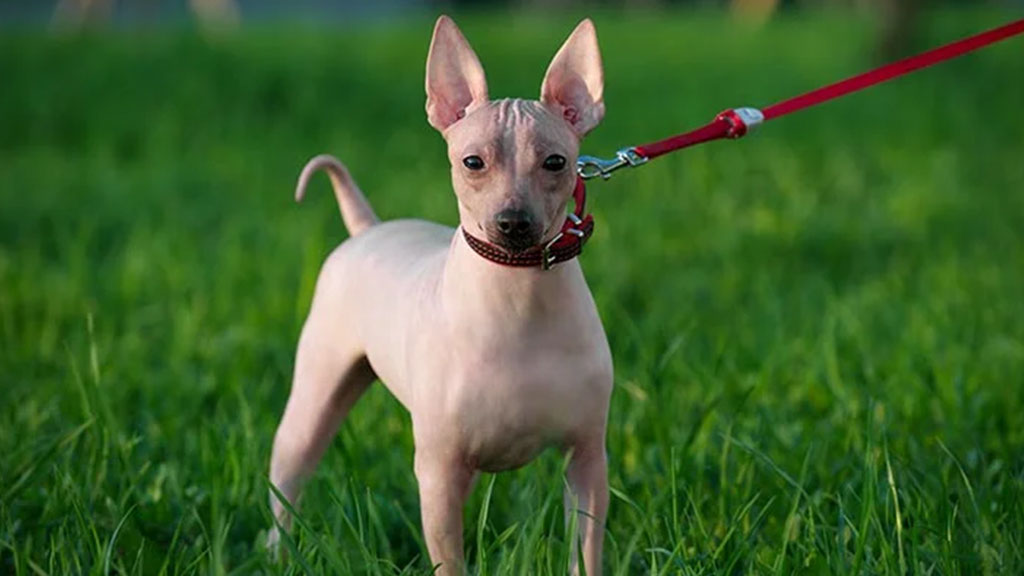
This dog breed is full of life and personality, and they show their owners and families a great deal of love and devotion. They have low levels of energy, therefore a daily walk will suffice. They have a great hunting instinct but no coat, therefore they can’t be used in the field. The skin of this breed can be kept in good condition with regular bathing.
Yorkshire Terrier
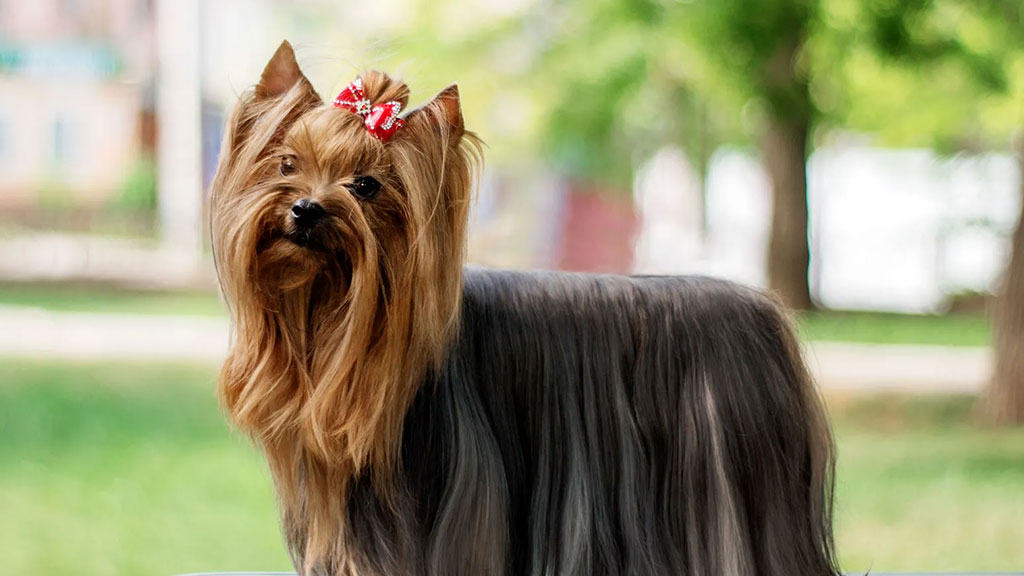
Yorkies are small enough to fit in a purse or on a lap, yet they have a big personality. Their fine hair has a texture closer to that of human hair than that of most other types of fur, so it won’t set off your allergies. Be warned, though, if you’re not a fan of grooming, Yorkies need frequent brushing and care to keep their hair from getting tangled and matted.
AFFENPINSCHER
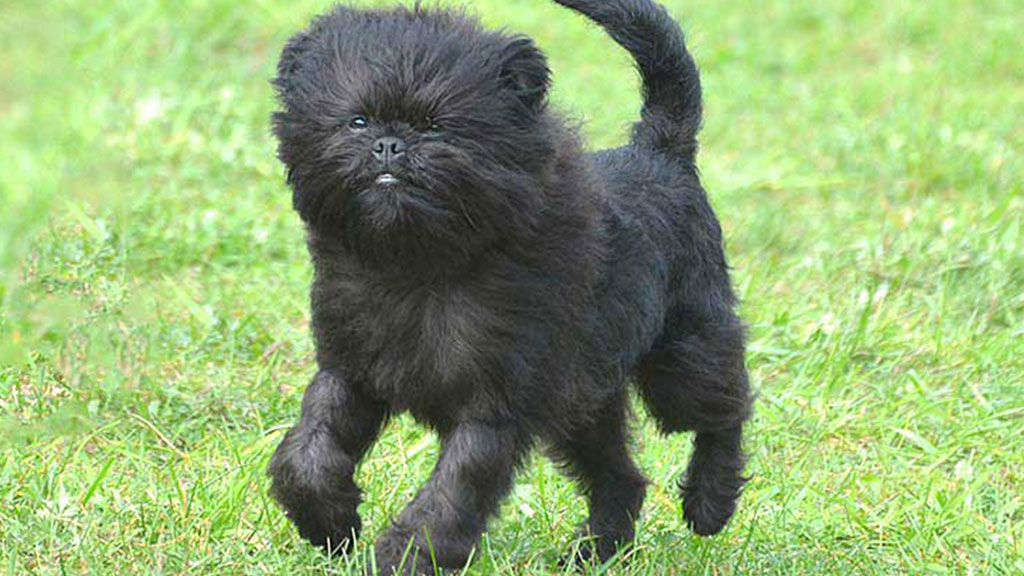
Affenpinscher are funny, inquisitive, and surprisingly courageous for their little size; they are also devoted and loving pets. Their outer coats are longer and tend to remain put, but they need to be brushed frequently to prevent matting. Although these wirehaired canines do shed, they do so lightly and, for the most part, seasonally, unlike some toy breeds. In addition, because of their small size (less than 10 pounds), they lose less hair than average. In addition, these dogs are widely regarded as having among the faintest canine odors of any breed.
Let’s not overlook the fact that they’re also quite cute. Although the affenpinscher got its name from the German word for “monkey,” the French call them “diablotin moustachu,” which means “mustachioed little devil.”
CHINESE CRESTED

If you’ve never seen a dog with bangs before! These puppies might either have a short coat overall and a long mane on the face, legs, and tail, or the opposite. The hairless variety requires special attention, such as the application of sunscreen to protect their sensitive skin. Trim the fur as it grows out and brush it every day. Powderpuffs, or “haired” Chinese Cresteds, require regular brushing since their fur readily tangles and mats. Moderately active dogs, like Chinese Cresteds, need regular exercise. Because of their small size (just 8-12 pounds and 11-13 inches), indoor play may be an option during inclement weather.
BRIARD

The Briard was originally bred in France to protect livestock from wolves and other predators. If properly cared for (you may need to commit a few hours a week to this work), the long, coarse, slightly wavy coat is dirt- and water-resistant and sheds very little. Once a month, give the Briard a bath and have a professional groomer clip its hair.
Brussels Griffon
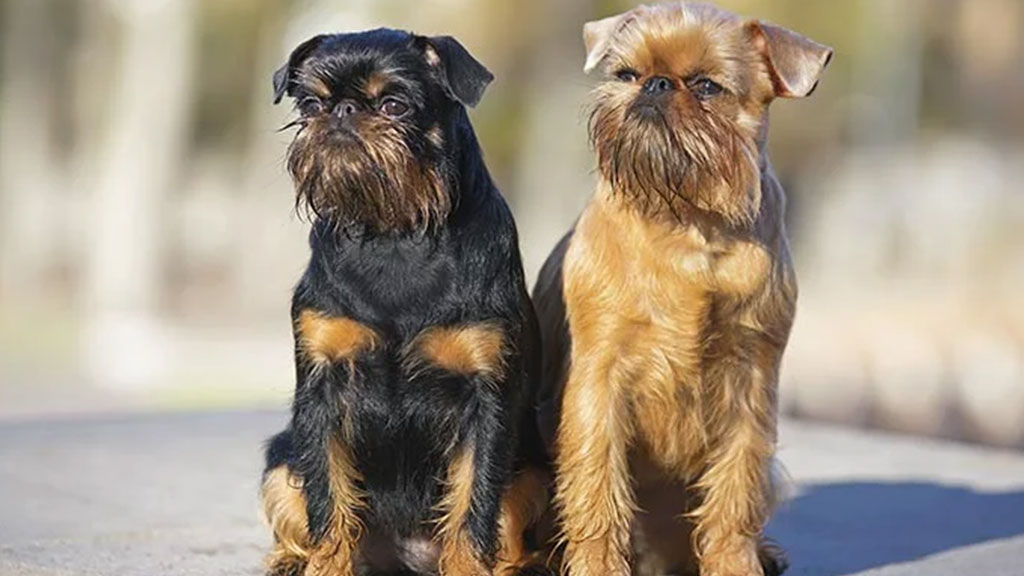
This breed, like Chewbacca, is loyal, smart, and sometimes have a touch of the blues. The Griffon is a needy breed that may pester you all day long for attention. They’d rather be with you than anybody else, thus their schedule is very full of you. The Griffon is not particularly friendly with strangers or youngsters.
BASENJI

As a member of the hound family, the Basenji is ideal for those who enjoy the friendly, almost comedic nature of a hound but don’t care for the breed’s characteristic odor or excessive shedding. Its short, silky coat sheds very little, can be kept in good condition with only occasional brushing, and doesn’t have much of a “dog” scent. The Basenji, although being a hound, is surprisingly quiet, making it a great “apartment dog” so long as it gets regular walks and playtime outside.
SCHNAUZER
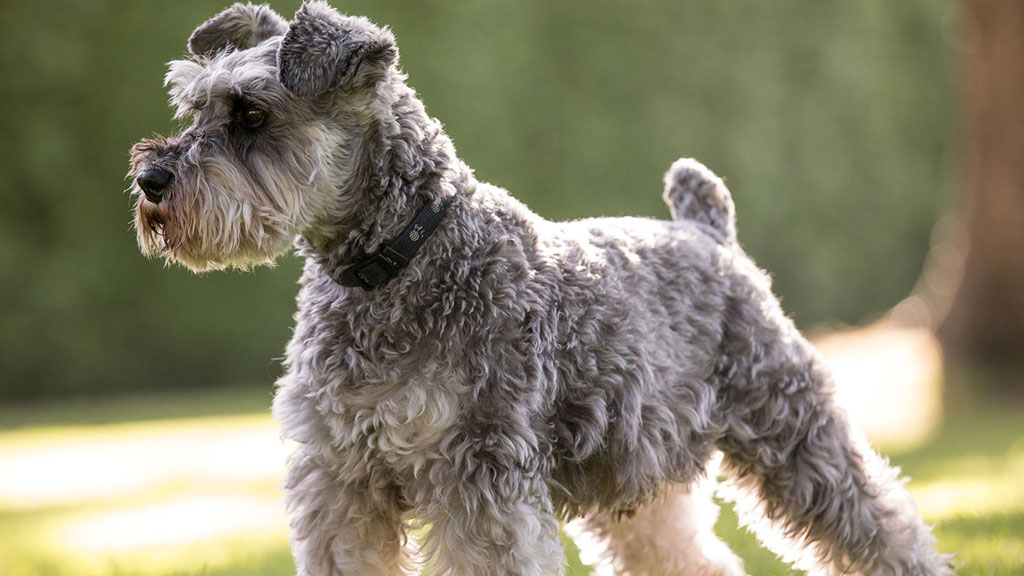
The breed name derives from the German word for a whiskery snout, and Schnauzers are easily recognizable by their long, luxuriant mustaches and beards. Schnauzers come in a wide range of sizes, and all of them have thick, wiry coats that shed only minimally but do require weekly brushing and regular grooming. Schnauzers of any size are not just low-shedding dogs, but also wonderful companions who respond well to training.
Kerry Blue Terrier

The AKC recognizes a color range from dark slate blue to light blue gray for this active terrier’s signature soft, wavy coat. Their hair should be brushed and combed once a week and trimmed once a month at the very least. These dog breeds are known for their intelligence and love of human companionship. The Kerry enjoys the company of humans the greatest when doing things like running or playing fetch outside.
Poodle
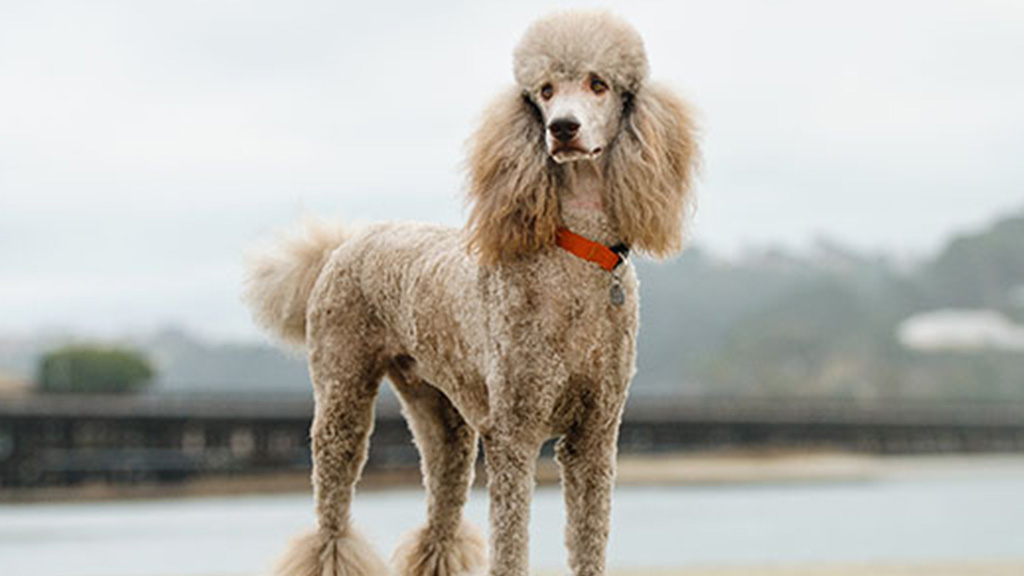
A poodle is the traditional dog breed to choose if you want a dog with a low-shed coat. Poodles come in a rainbow of colors and coat lengths, and they never shed thanks to their curly hair. This, however, necessitates regular brushing of a poodle’s coat to prevent its hair from growing uncontrollably long and matting. Doodles, a type of mixed breed dog that often includes a poodle, may or may not shed, so keep that in mind as well. It’s important to use caution while selecting a pet because some are and some are not.
AMERICAN HAIRLESS TERRIER
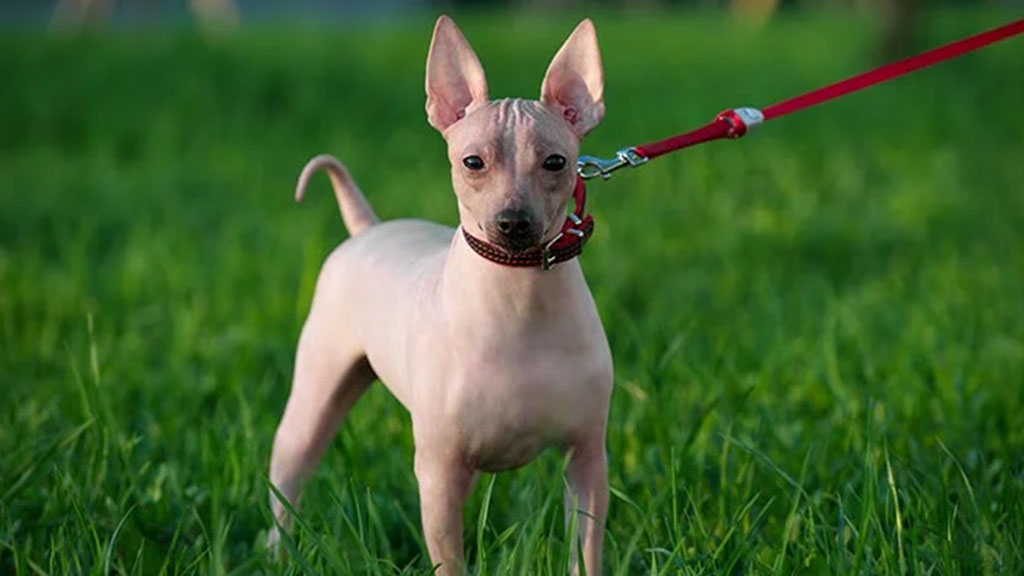
The American hairless terrier is, as its name suggests, completely hairless except than its eyebrows and whiskers. Additionally, it is quite little, coming in at than 16 pounds and measuring no more than 16 inches at the shoulders. The American hairless terrier, a breed originally from Louisiana, is loved for its charming combination of intelligence, curiosity, and playfulness, as well as its surprising bravery given its diminutive size. This hairless dog breed requires less care than non-shedding dogs because keeping its skin clean simply necessitates a daily stroll and an occasional bath. Sunscreen application on your best friend’s skin will require your undivided attention.
COPING WITH A SHEDDING DOG
So, if you already have a dog and you see that he or she sheds, what should you do? There are a few tips and tactics that can help if you’re completely stuck. One, you should check to determine if your dog’s breed is notorious for heavy shedding to rule out the chance of a health concern that is causing the hair loss. Shedding can be an indication of vitamin insufficiency in pets just as it can be in humans; many pet owners report that their pets’ shedding decreases after they switch their diet. You must be diligent with your dog’s grooming routine if it was bred to shed brush and bathe frequently at home and take it to the groomer for significant upkeep.
Keep your vacuum clean and devoid of debris; this includes the air conditioning vents, which can get clogged with fur and go unnoticed when you’re trying to clean up the rest of the mess. Some pet owners swear by running a dryer sheet over their animal (for less chemicals, go for natural dryer sheets), while others will try Velcro, tape, and lint rollers before breaking out the industrial-strength tools designed specifically for fur.
ARE YOU ALLERGIC TO DOGS?
An allergic reaction might range from barely perceptible symptoms to severe ones like rashes and fainting. If you have allergies, you should determine whether or not dogs are the source. The assumption that dogs are the only allergens in the neighborhood may be hasty.
Common signs of an allergy to pets include hives, itching, sneezing, coughing, a stuffy nose, watery eyes, and difficulty breathing or fainting. If you have these symptoms whenever a dog is present, you may have a severe allergy to dogs. Taking antihistamines can help you control your symptoms, but they aren’t a permanent fix. Those unfortunate enough to suffer from pet allergies need not despair, since there are canine companions available who don’t shed (much). You can also inquire about medicine prescribed by your doctor to alleviate the symptoms.


